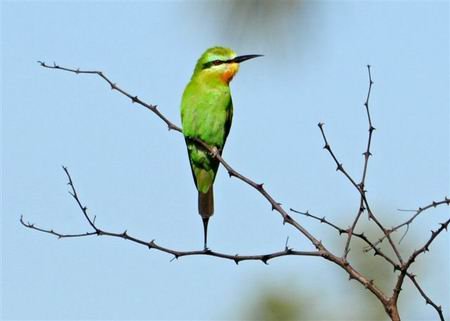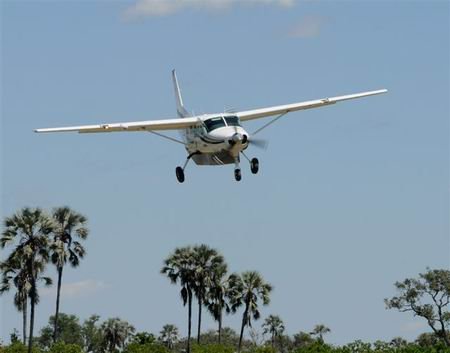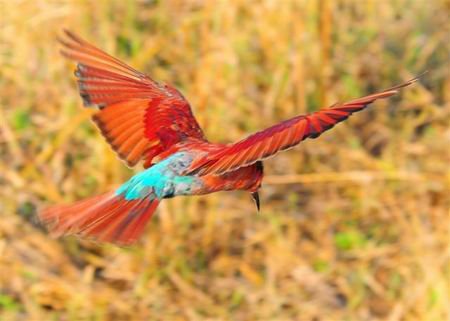
|
||
Mike from Mission Viejo, CAMarch - Botswana and Zambia
This was Mike's second safari. Mike is an avid photographer, and has some great tips to share with other enthusiasts: 1. Go on safari with a good digital SLR camera and a quality long telephoto zoom lens. I use a Nikon system that includes a D300 Nikon camera body and a Nikkor 80-400mm 4.5-5.6 zoom lens. Because of a 1.5x sensor in the camera body, the lens has an effective magnification of 120mm-600mm focal length. I often needed every bit of the long focal length. I carried a shorter zoom (Sigma 17-50mm macro) for the tighter shots and close ups. Ideally, you should be able to handhold your lens, so avoid super heavy fast lenses; you can always ramp up the ISO and still get quality pictures. 2. Because of the long focal length, work hard to avoid camera shake. For most photos, I tried to have a shutter speed of 1/250 or faster. For "Chitabe youngster," my ISO setting was 640, my f-stop was 5.6, and my end shutter speed was 1/320th of a second. I used a monopod or braced myself against the side of the truck. Double check your results while shooting a subject in replay mode to make sure your settings are okay and before the animal moves away. 3. Ask your guide to get in a good photo position relative to the sun. Each one of our guides did this well and almost always without being asked to do so. Sometimes you get stuck where the truck can't go offroad, as is the case with all antelope, warthogs, etc., but with the cats we always got in the right position. 4. Be aware of the overall composition. Most of the shots I worked with had knee high (or taller) grass around the subject. I tried to work the grassy effect to my advantage. I love the little yellow flowers next to the leopard in "Chitabe youngster" and the softening effect of the grass in "Impala" and "Lion prowl." "Leopard eyes" was a challenge because the leopard was down in the grass and in the shade, so I zoomed in on her face and took out most of the distraction by making her eyes the focal point of the photo. 5. Look for a different perspective. I love the shot of the young vulture on top of the palm tree just because it's an unusual view of the subject. I don't generally like down angle shots, but sometimes operating from a truck you have no choice but to shoot at a down angle. "Up close" is a good example of a down angle shot; not as pleasing a shot as "Lion prowl," even if he is licking his lips and looking at me! 6. Take lots of shots and several memory cards. I took over 2700 shots, deleted over 1200 before coming home, and ended up with over 100 that I really like. I couldn't afford myself if I was shooting film! 7. I always shoot on aperture priority. This enables me to control the depth of field and shutter speed. (Okay, almost always; with hummingbirds I use shutter priority so I can freeze the wing motion in flight. 8. It was lucky, but having our own group of six was a great blessing. Seating in the trucks was ideal, as everyone had a window seat. Each couple had one serious photographer, so we generally sat on one side of the truck and the driver could then navigate us into good shooting position. We also avoided what we observed with other couples in being paired with people with different interests. 9. And tell prospective travelers that the "shoulder season" can be delightful! Let us help you plan your dream safari. call toll-free: 888.227.8311 or email us today
|
||
|




































